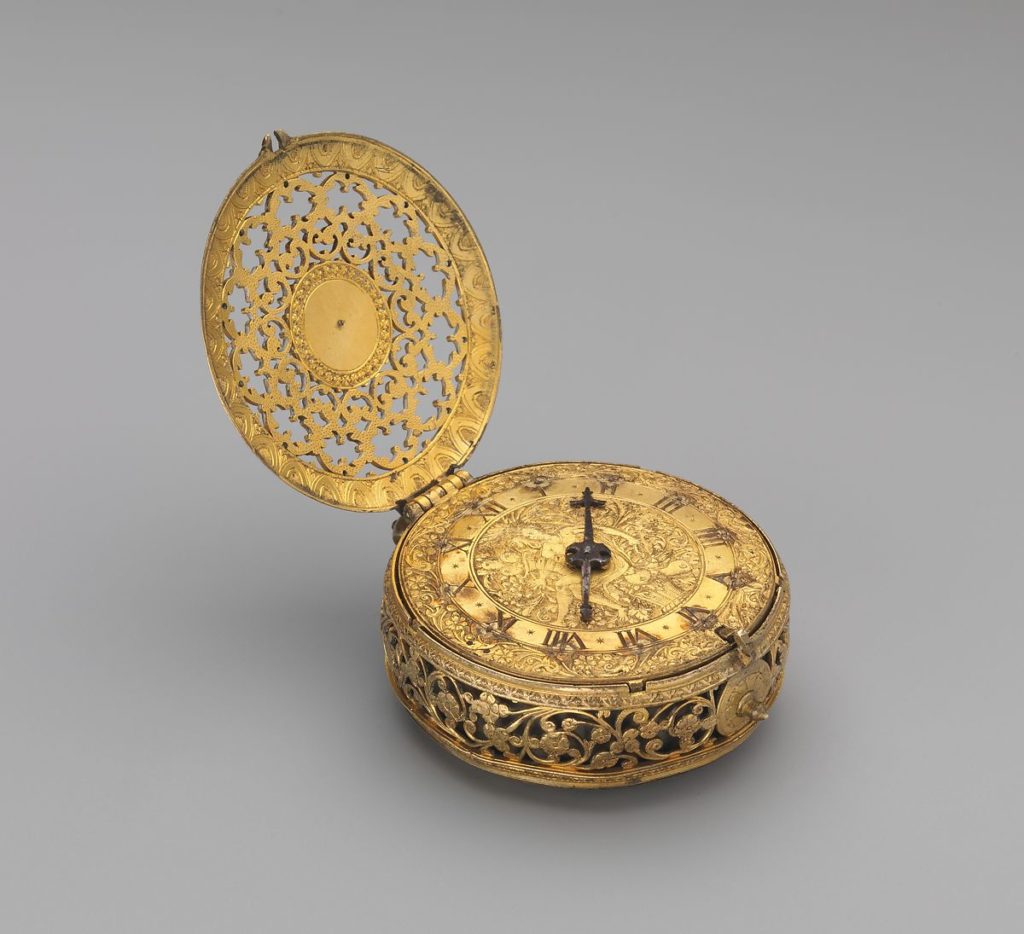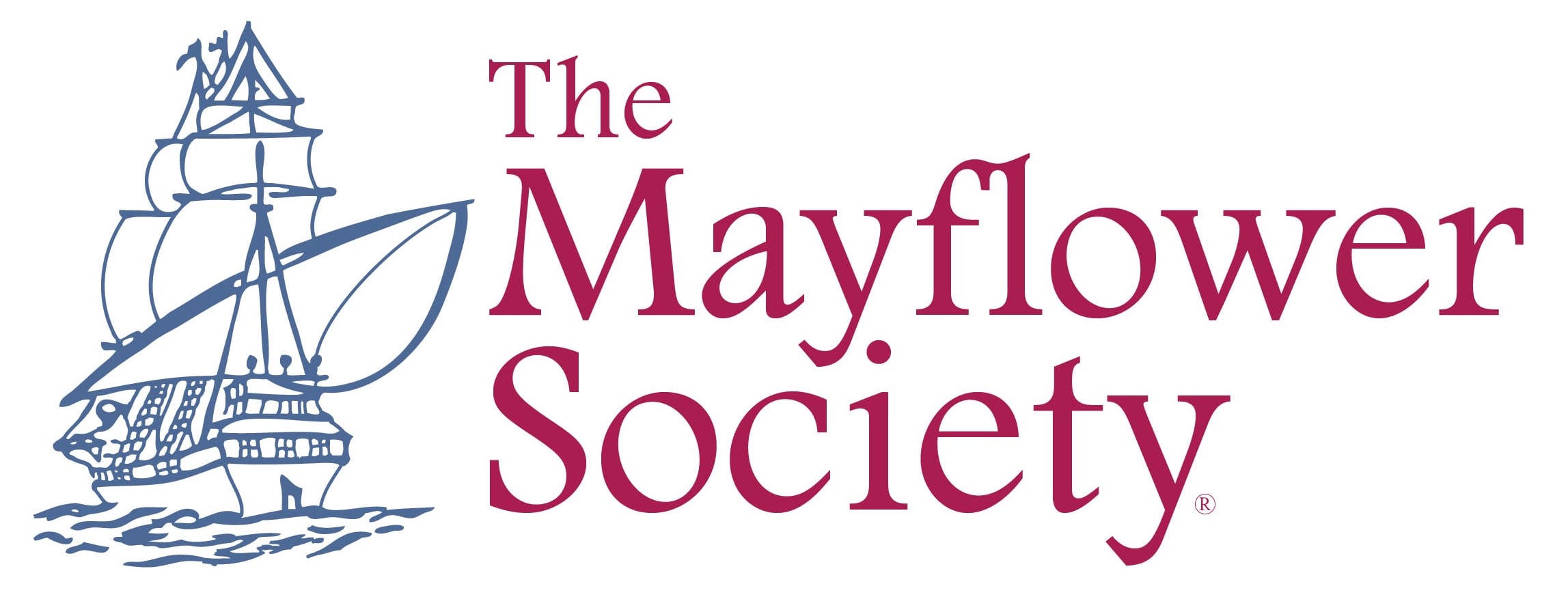
“Old Time the clock-setter.”
-William Shakespeare, King John (1591-8)
In the hustle and bustle of the modern world, it seems all too often our lives are dictated by the clock. We have alarm clocks to wake us up. We clock in at our jobs and clock out for breaks. We set timers for cooking, exercise, and work. We carry cell phones and watches that can tell us the time anywhere in the world down to the second. Additionally, the concept of accurate time keeping has seeped into our vocabulary and the way we think. Phrases such as “in a minute” or “hold on a second” are commonplace. When looking back at history it is easy to imagine that the 17th century world was devoid of such adherence to the clock, but that is only partially true. As we will explore, while the average person in the 17th century did not have access to the accuracy of modern time keeping, the world still had many methods and reasons for keeping time.
The first and most obvious method of timekeeping was the sun and moon. People have been marking the passage of time via the sun and moon for as long as there have been people. Long form timekeeping calendars for harvest and holidays most often revolved around the lunar cycles and seasons. Even lacking any specific instruments for measurement, the average 17th century person could roughly tell when it was noon by the sun being at its zenith. Early navigation instruments such as the cross-staff and quadrant used the sun at noon to help calculate a ship’s latitude. Sundials and similar instruments had been in use since antiquity.
Another method of timekeeping that would have been familiar to most of the Mayflower Pilgrims was the clock/bell tower. Many towns and cities in the 17th century had bell towers to note the passage of time. Some of these towers took it a step further and were in fact clock towers that could not only announce the time but tell it as well. These bells would be sounded when it was time for Church services, for the opening and closing of markets and for town and city curfews. London, Leiden, and Amsterdam all had bell towers of various sorts while the Mayflower Pilgrims resided there. Many songs of the period mention bells indicating a time of day, such as this round by Thomas Ravenscroft: “And seest thou my cow today fowler, And seest thou my cow today fowler the bells ring in to Mattens, the bells ring in to Mattens. Bim bome, bim bome, a bome, bome. Bim bome, bim bome a bome, bome.” Mattens in this case is referring to morning prayer service.
Towers were not the only place that contained time announcing bells; most ships in the 17th century carried bells that were used for the same reason. On a ship, this bell was most often used to indicate the passage of time in order to keep watch. Every half an hour the bell was struck and at 8 bells the watch turned over. In order to actually tell time for the watch another time keeping tool was used, the hour glass, or in this instance a half hour glass.
Lastly, while expensive and fairly ornate, watches and personal clocks existed in the 17th century. During the early part of the century these watches were more jewelry than functioning timepieces as the jostling and jolting of the piece made keeping accurate time quite difficult. The watches themselves were quite intricate and beautiful and came in many forms from the mundane and simple to hand painted pieces of art. When used to tell time, the watches only had the hour hand and some stuck a sound every hour much like their larger versions in the clock towers. Like any technology, as clock making advanced the use of personal watches to actually tell time accurately became plausible and by the mid to late century pocket watches as we think of them began to take shape.
Now that we have examined some of the more common methods of keeping time in 17th century England and the Netherlands, let us look at New Plymouth and the Mayflower Pilgrims. Firstly the Pilgrims were just as capable of seeing the sun in New England and marking time by its passing, as they were in England and the Netherlands. Many of the times listed in primary sources mention noon or sunrise and sunset as a marker of time. For instance, while exploring Cape Cod, the author in Mourt’s Relation remarks “We went ranging up and down till the sun began to draw low…”. Later on while describing town business the author states “About noon we met again about our public business, but we had scarce been an hour together, but Samoset came again…” It is of particular interest that the author mentions the hour specifically as a way to denote the passage of time, showing the concept of hours as a unit of time measurement was not utterly foreign. Lacking any bell towers Plymouth used different instruments in their place. Isaack de Rasieres observed the Plymouth Pilgrims “…assemble by beat of drum…” for church service on Sabbath. Another unconventional time keeping method was used on Cape Cod where one of the authors of Mourt’s Relation noted they “… kept a good watch with three sentinels all night, every one standing when his turn came, while five or six inches of match was burning.” Since match cord will burn at a consistent rate, it seems it was used in this instance as a way to tell time for the watch.
Lastly, at least one of the authors of Mourt’s Relation had an understanding of hours, and either had a watch or at least wrote and thought of time in this way. There are numerous mentions of specific hours in Mourt’s Relation including the explorations of Cape Cod when at “About ten o’clock we came into a deep valley…” and then later on “The next day, about eleven o’clock, our shallop came to us and we shipped ourselves…”. There are many other examples of times given during the Cape Cod explorations and then the landing at Plymouth. Later when describing the first voyage made to visit Massasoit there are again many specific hours given including: “Thither we came about three o’clock after noon…” and “About one o’clock, Massasoit brought two fishes that he had shot…” There are also times given at night such as when “About two o’clock in the morning arose a great storm of wind, rain, lightning, and thunder” It is important to note that all of these hours are given as “about…” which emphasizes the difficulty of early time pieces to keep overly accurate time. Likewise since clock faces did not display minute hands until later in history, these times are all given on the hour.
These are just some of the many examples of time keeping in the 17th century. We can not say with any certainty if any of the Mayflower Pilgrims brought a watch or clock with them, but the primary sources make it clear that at least some thought of time passing in hours and most would have been familiar with such things in England and the Netherlands. This post has grown long and my time short, so I shall end as I began with a quote from the Bard himself:
See the minutes, how they run,
How many make the hour full complete;
How many hours bring about the day;
How many days will finish up the year;
How many years a mortal man may live. – William Shakespeare ‘Henry VI, Part 3′ (1592)
